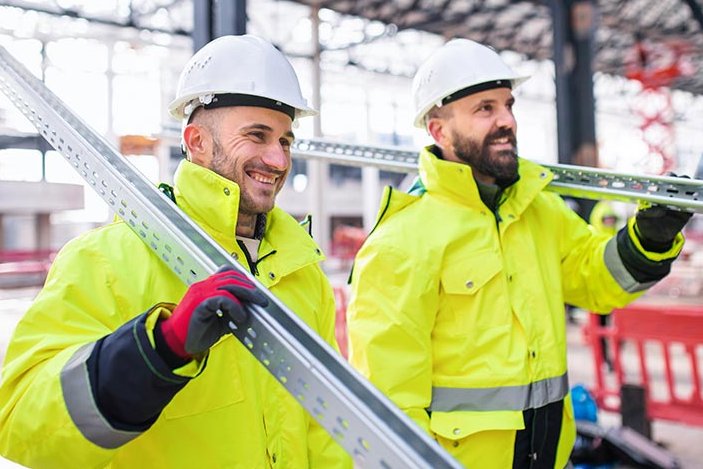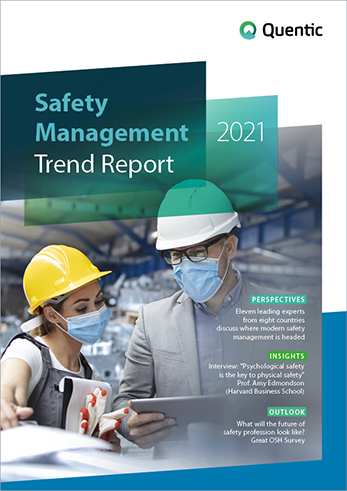8 minutes04/28/2021
Changing working patterns and heightened awareness for mental health have stoked the discussion surrounding the methodology and metrics currently being used in occupational health and safety. The traditional approach is focused on avoiding negative events. It is also the reason why concepts like ‘Vision Zero’ and ‘Zero Accident Vision’ are widespread in many organizations. However, use of this approach as the sole focus of occupational health and safety has drawn criticism from various quarters. For the Safety Management Trend Report Quentic interviewed Gerd-Jan Frijters, a renowned safety culture consultant and founder of D&F Consulting-, and a strong advocate of a modern approach.






